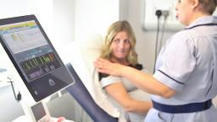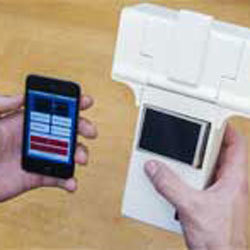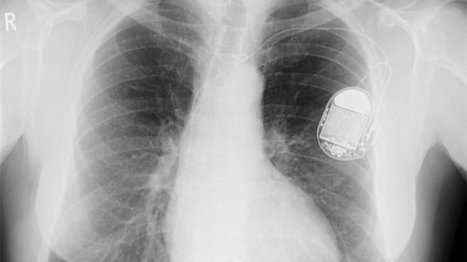Healthcare data is the number one target for cybercriminals and is 10 times more valuable than credit card data alone.
During the "Are your Medical Devices Cybersecure?" webinar on 14 July, moderator Andrew Pearce, Senior Digital Health Strategist of Analytics at HIMSS spoke with two subject matter experts on cybersecurity trends in healthcare, as they shared their recommendations on identifying and addressing gaps.
Contextualising the imminent threat of cybersecurity in healthcare, Richard Staynings, Chief Security Strategist of Cylera said, "These changes (in healthcare) have led to the emergence of a gap between advances in digital maturity and advances in security maturity, as digital transformation outpaces the industry’s ability to secure new technology."
Staynings pointed out that most healthcare providers might have "at best a poor inventory of IoT assets'', with few understanding the associated risks. He said that this creates “massive gaps in security risk management just waiting to be exploited".
Adding that providers cannot risk-assess what they do not know about, he shared that the industry needs better tools and processes to identify and assess growing IoT "connected" assets.
read more at https://www.healthcareitnews.com/news/apac/examining-cybersecurity-our-medical-health-devices



 Your new post is loading...
Your new post is loading...









